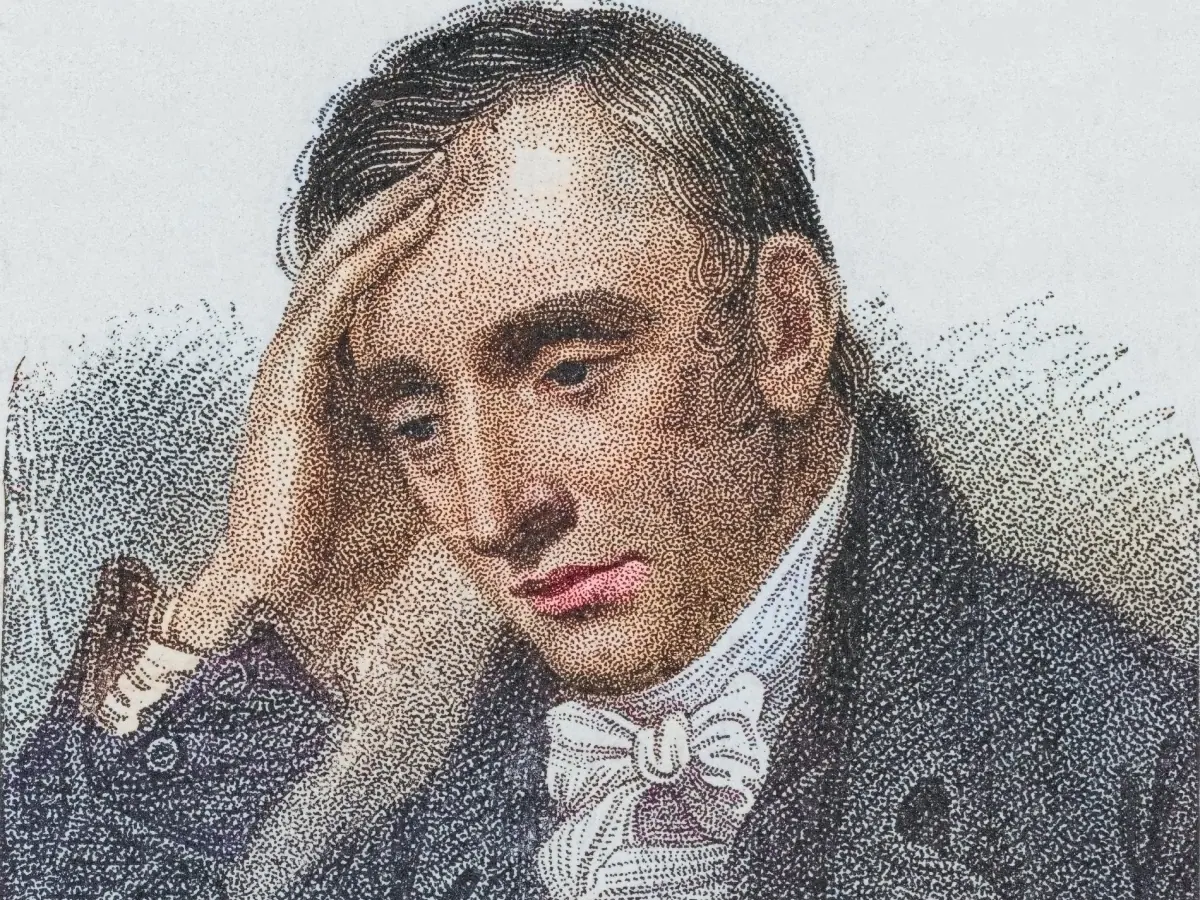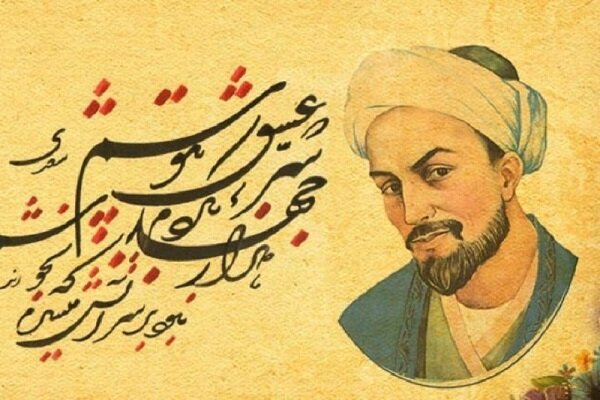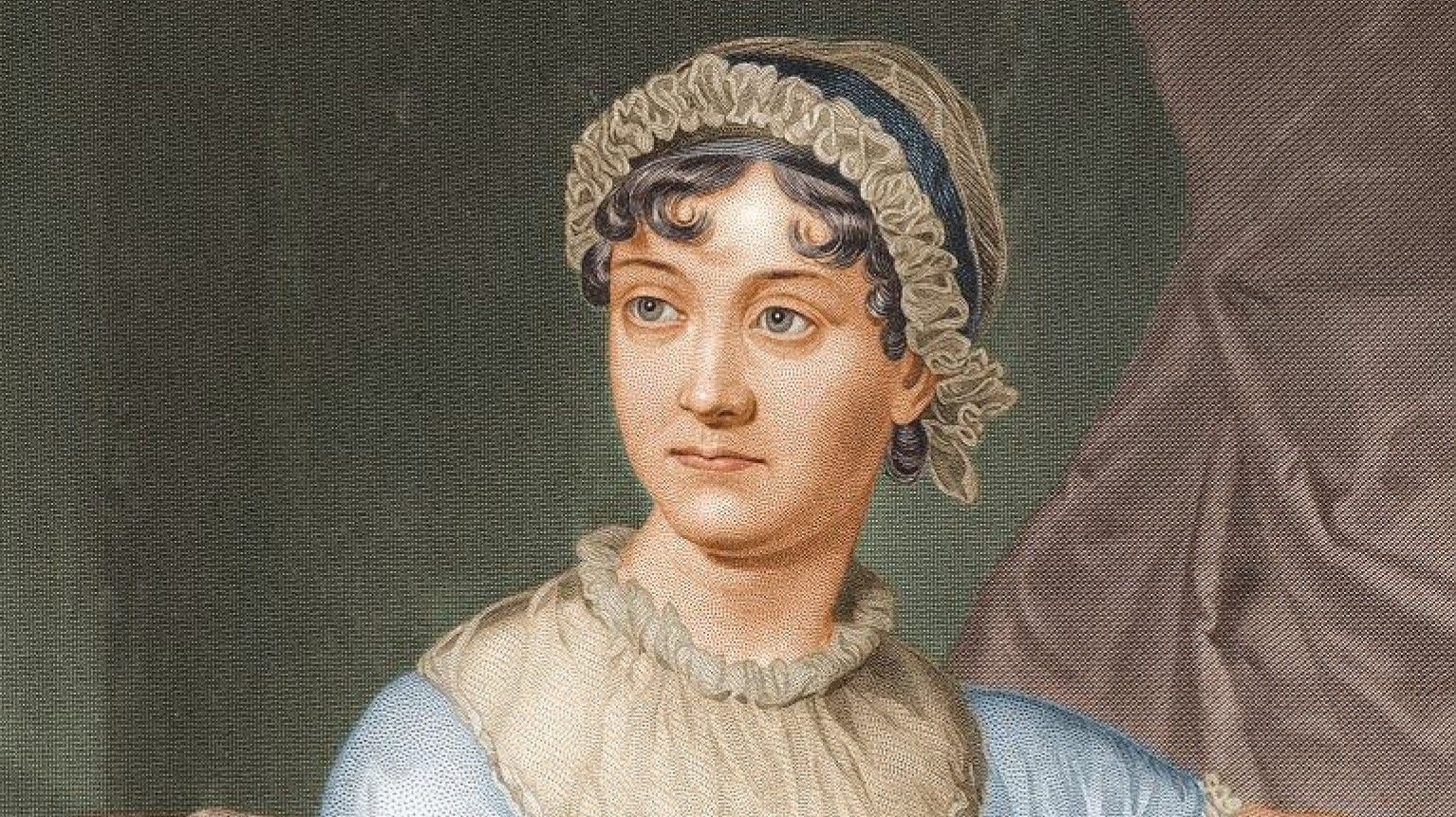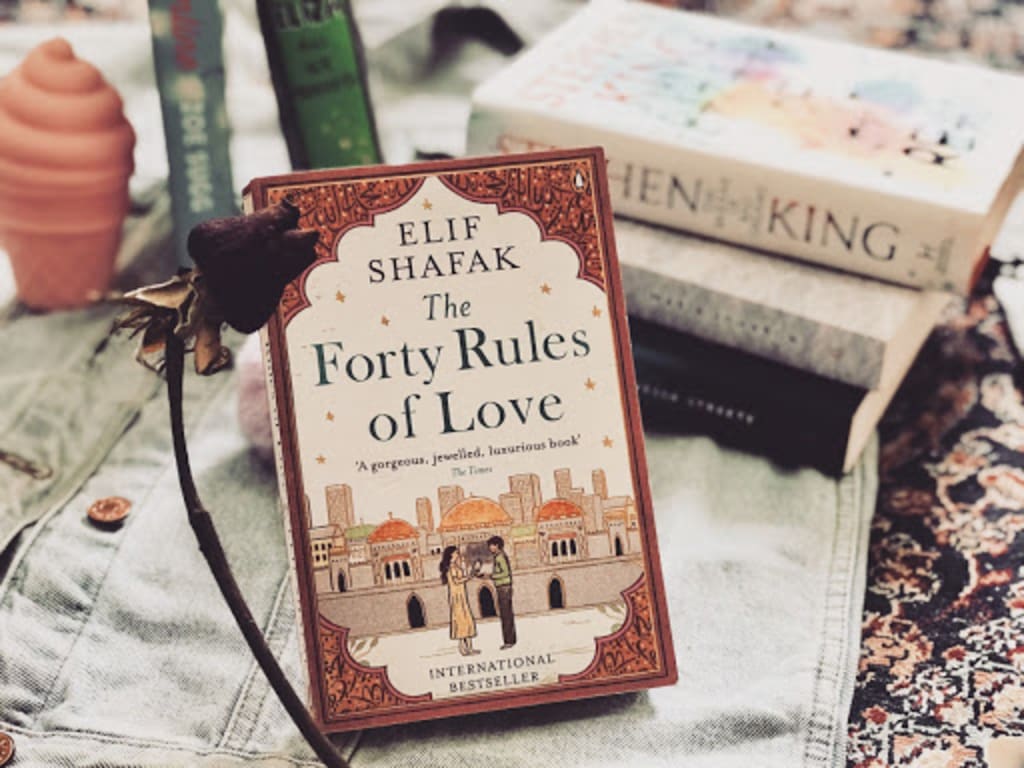Pareeshe Fatima
While it’s tempting to declare Urdu poetry the “sweetest” of all poetry, claiming absolute superiority is a subjective and potentially dismissive approach to appreciating different artistic expressions. However, there’s no denying that Urdu poetry possesses a unique blend of aestheticism, linguistic expression, and beauty that makes it truly special. Here’s a critical exploration of why:
Aestheticism:
- Musicality: Urdu’s rich vocabulary, with its Persian and Arabic influences, boasts a natural rhythm and musicality. The interplay of vowels and consonants creates a melodious cadence, further enhanced by rhyme and meter schemes. This musicality makes even complex poetry accessible and emotionally evocative.
- Imagery: Urdu poets paint vivid pictures with their words, employing metaphors, similes, and personification to create sensory experiences. The imagery is often rooted in nature, love, and religious symbolism, resonating deeply with listeners and readers alike.
- Symbolism: Urdu poetry is rich in symbolism, drawing on cultural references, historical allusions, and literary conventions. This layered approach allows for multiple interpretations, adding depth and inviting repeated engagement with the text.
Linguistic Expression:
- Emotional Nuances: Urdu possesses a vast vocabulary for expressing subtle emotions, from the pangs of unrequited love to the joy of spiritual bliss. This allows poets to capture the full spectrum of human experience with remarkable precision and nuance.
- Wordplay: Urdu poets are masters of wordplay, employing puns, double meanings, and internal rhyme to create linguistic puzzles and surprise the reader. This adds an element of intellectual engagement to the poetry, rewarding close reading and analysis.
- Elegance and Form: Urdu poetry boasts a diverse range of forms, each with its own unique structure and rules. Ghazal, nazm, qawwali, and marsiya are just a few examples, each offering a distinct aesthetic and emotional texture.
Beauty:
- Emotional Impact: Urdu poetry has the power to move hearts and minds. The combination of evocative language, musicality, and emotional nuance can trigger powerful feelings of joy, sorrow, longing, and even spiritual transcendence.
- Cultural Significance: Urdu poetry is deeply intertwined with the history and culture of South Asia. It provides a window into the region’s traditions, values, and beliefs, making it a valuable source of cultural understanding and appreciation.
- Legacy and Influence: Urdu poetry has a rich and vibrant literary tradition, spanning centuries and boasting countless renowned poets. This legacy continues to inspire contemporary poets and writers, enriching the language and ensuring its enduring beauty.
However, it’s important to remember that beauty is subjective, and what one person finds “sweetest” in poetry may not resonate with another. Appreciating Urdu poetry requires delving into its linguistic nuances, understanding its cultural context, and allowing oneself to be swept away by its musicality and imagery.
Concludingly, while declaring Urdu poetry the “absolute best” is subjective, it’s undeniable that its unique combination of aestheticism, linguistic expression, and beauty makes it a truly special and enriching artistic experience. By opening oneself to its charm and intricacies, one can discover a world of emotions, cultural insights, and linguistic artistry that transcends borders and languages.
Please, subscribe to the YouTube channel of republicpolicy.com

















































